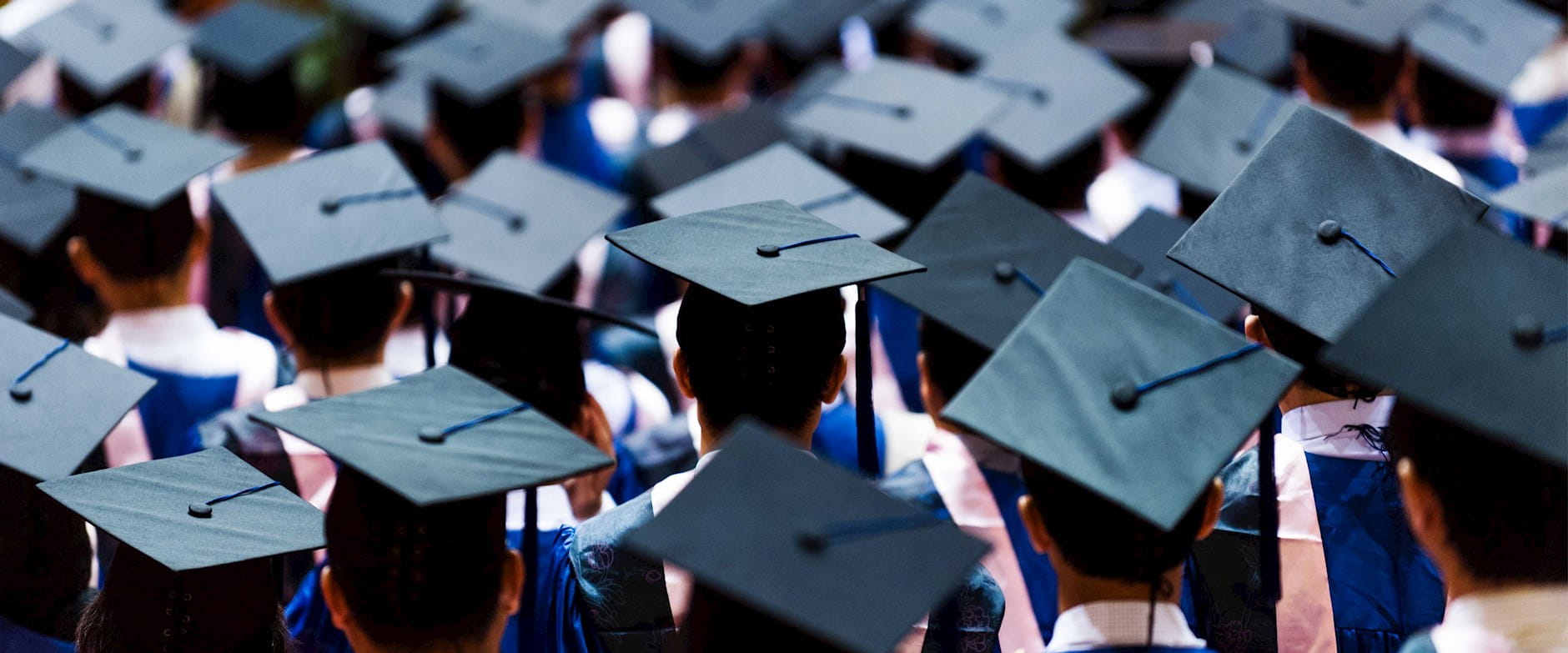Education is the single highest-return investment most Americans will make, so getting our system of higher-education finance right is fundamentally important for US households and the economy.
A key point in the student-loan debate is that the outcomes of borrowers vary widely. Undeniably, a significant number of borrowers are struggling, and are sympathetic candidates for some kind of relief. Student-loan balances have surged over the past decades. According to the New York Fed, last year student loans had the highest delinquency rate of any form of household debt.
Most student borrowers end up as higher earners who do not have difficulties repaying their loans. A college education is, in the vast majority of cases in America, a ticket to success and a high-paying job. Of those who struggle to repay their loans, a large portion attended a relatively small number of institutions—predominantly for-profit colleges.
The core of the problem in the student-loan market lies in a misalignment of incentives for students, schools, and the government. This misalignment comes from the fact that borrowers use government loans to pay tuition to schools. If borrowers end up getting poor jobs, and they default on their loans, schools are not on the hook—taxpayers pay the costs. How do we address this incentive problem? There are many options, but one of the most commonly proposed solutions is universal loan forgiveness.
Various forms of blanket student-loan cancellation have been suggested, but all are extremely regressive, helping higher-income borrowers more than lower-income ones. This is primarily because people who go to college tend to earn more than those who do not go to college, and people who spend more on their college education—such as those who attend medical and law schools—tend to earn more than those who spend less on their college education, such as dropouts or associate’s degree holders.
My own research with Sylvain Catherine of the University of Pennsylvania demonstrates that most of the benefits of a universal-loan-cancellation policy in the United States would accrue to high-income individuals, those in the top 20 percent of the earnings distribution, who would receive six to eight times as much debt relief as individuals in the bottom 20 percent of the earnings distribution. These basic patterns are true for capped forgiveness policies that limit forgiveness up to $10,000 or $50,000 as well.
Another problem with capped student-loan forgiveness is that many struggling borrowers will still face difficulties. A small number of borrowers have large balances and low incomes. Policies forgiving $10,000 or $50,000 in debt will leave their significant problems unaddressed.
While income phaseouts—policies that limit or cut off relief for people above a certain income threshold—make forgiveness less regressive, they are blunt instruments and lead to many individuals who earn large amounts over their lives, such as medical residents and judicial clerks, receiving substantial loan forgiveness.

